Highlight

Successful together – our valantic Team.
Meet the people who bring passion and accountability to driving success at valantic.
Get to know usMarch 25, 2025

Nowadays Gamification is a major trend. It’s a term we hear more and more often. After all, games have been a natural part of life for many centuries. Chess can be tracked back to around 1500 years ago, and to this day, it’s still one of the most popular board games.
In this article, I will shed some light on the psychology behind gamification, its benefits to UX and its possible pitfalls while also providing some examples I found interesting.
Let’s play!

Gamification consists of adding game mechanics and principles to non-game contexts. The goal is to enhance user engagement with a product or service. Think of points, badges, leaderboards, achievements; sounds fun, right?
The power of gamification comes from appealing to the natural human desire to complete tasks, compete and get rewarded for that.
When done right, gamification itself serves as intrinsic motivation: the users interact with the system because they want to (e.g. the joy of learning or achieving mastery). Whereas extrinsic motivation comes from the external rewards (e.g. points, badges, rewards).
Gamification strives to be a balanced formula of intrinsic and extrinsic motivation.
Gamification and UX are closely intertwined since both have the common goal of creating engaging content and meaningful interactions.
Before diving into the gamification part and throwing around ideas, it’s decisive to spend some time working on something called: user-centered design.
User centered-design is an iterative process in which designers focus on user needs in all phases of the design. Providing the user with a good and accessible experience is the ultimate goal here. There is no point in applying gamification to a product if you haven’t researched your user. Users won’t use a product that they can’t relate to and that doesn’t fill their needs.
In the context of gamification allied to UX, we should also consider player centered-design. It is a design philosophy that focuses on creating games and interactive experiences tailored to the user’s needs. Therefore, it is an extension of user centered design principles. Player-centered design ensures that the integration of game mechanics into non-game contexts enhances the user experience.
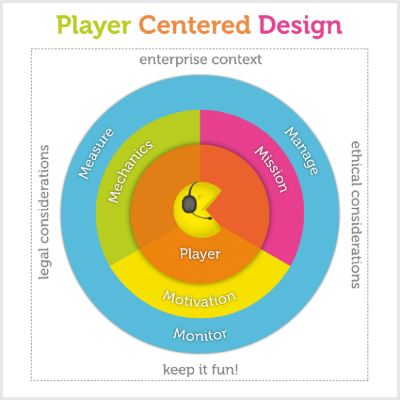
Before delving into the pros and cons of gamification, it’s important to talk a bit about the psychology behind it.
There are many factors behind our motivation. As mentioned before, these can either be external or internal. Some of them are within our control, others not so much.
You have surely heard of this one before. Dopamine is a neurotransmitter. When we do something that feels rewarding, this magical chemical gets released in our brains. Since it creates a sense of satisfaction, it will encourage us to repeat the same behavior. In a way, gamification takes advantage of this by creating a dopamine reward loop that keeps users engaged and likely to return for more.
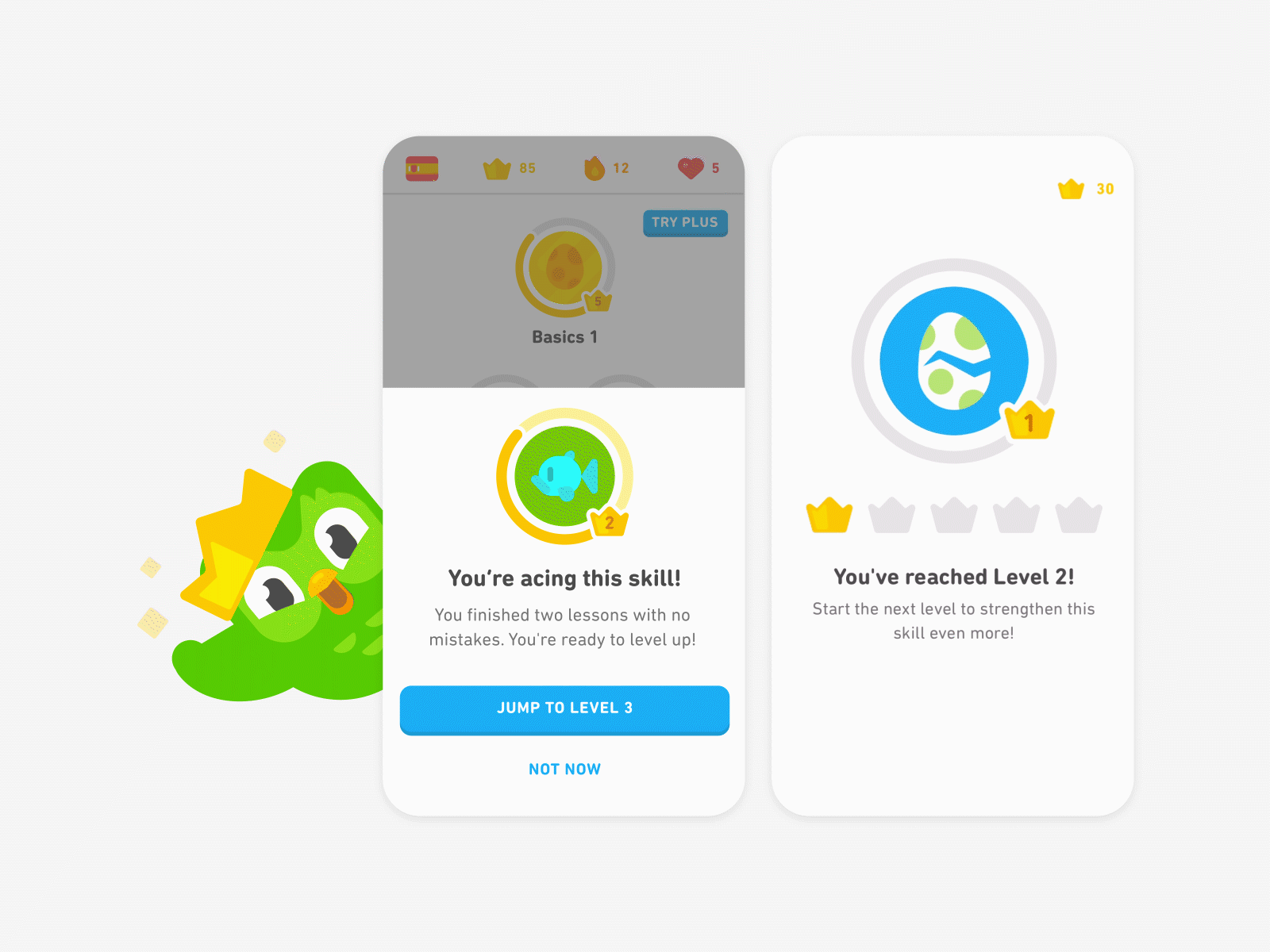
Achievements and recognition are essential parts of gamification that lure us in due to our natural desire for validation and accomplishment.
Badges are a powerful mechanic that can be used to mark milestones, mastery of skills and task completion. They provide users with a sense of validation and accomplishment for their efforts and their time invested. However, like many things, there is a hidden thorn in using badges: their misuse and overuse. This can lead to a less powerful effect of gamification and even disengage some users. I will talk a bit more about this darker side later.
When you create a competitive environment, users will be prompted to compete with one another. This is often achieved through leaderboards and can result in an increased brand loyalty.
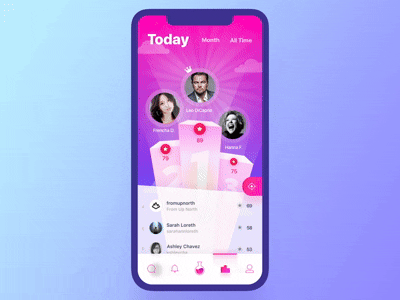
Other than improving user engagement, as already mentioned, successful gamification can bring many other benefits to UX:
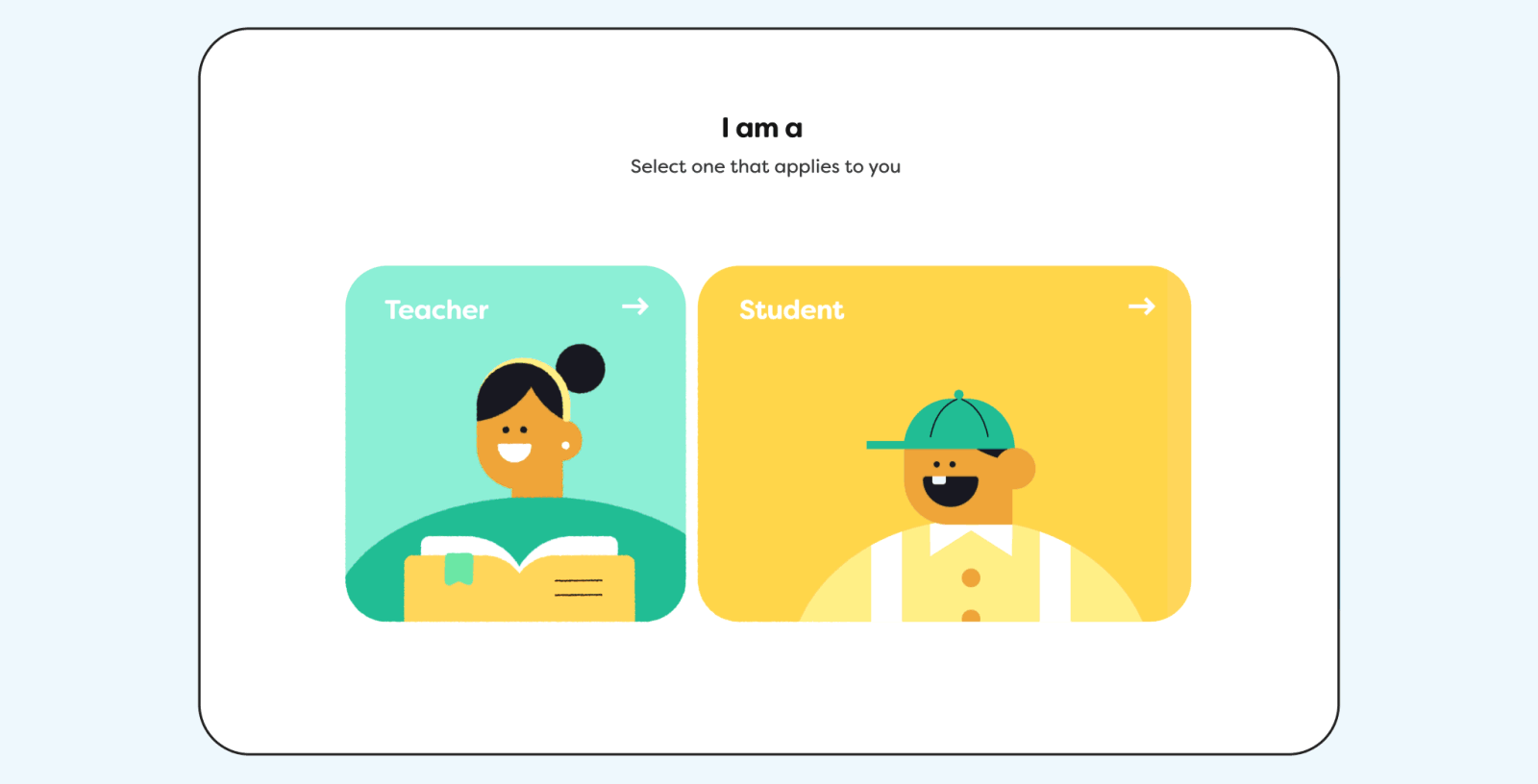
When relying too much on external motivators, such as points and badges, there is a risk that they become the only reason that users use the app.
A common mistake is the overuse of gamification elements, to the point where users might feel overwhelmed and even annoyed and stop using the app altogether. Beside this, gamification can also overshadow the core experience of the app, focusing more on the game part than the service itself. A real example of this would be an app like Fitbit in which there are a lot of similar achievements (e.g: Walking x amount of steps in a single day) which might make users feel that these achievements are meaningless due to their repetitiveness.
Another commonly raised concern is that gamification can be manipulative since it exploits psychological triggers to encourage addictive behaviors – we love anticipation and suspense, the limbo between reward and non-reward.
While leaderboards can be fun, they can also make users feel overwhelmed and create a sense of inequality. This is why some leaderboards have a default view of only showing users with a score similar to yours.
Gamification uses game-like elements such as rewards, points, and challenges in non-game contexts to boost engagement and motivation. It has become popular for enhancing user experience in areas like learning, productivity, and health management. Here are some examples of apps that effectively use gamification to improve outcomes.
Who doesn’t know this green bird? Duolingo gamifies language learning through points, streaks and leaderboards. Learners can unlock achievements, receive rewards and keep track of their streak.
✔️ Impact: Duolingo is one of the most popular language-learning apps, having over 500 million users online as of 2023. The adopted learning approach with gamified elements has led to a big user retention rate.
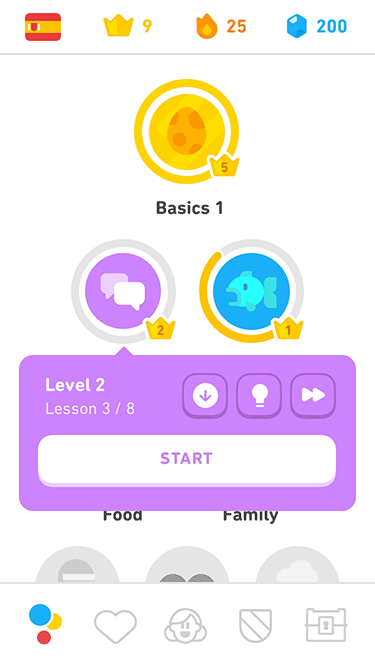
Habitica is a productivity and habit-tracking app that gamifies your to-do lists and goals. The goal is to make completing daily tasks more motivating and consequently, help the user build good habits. It takes fun elements of RPGs (Role-playing Games) and incorporates them in a productivity tool.)
✔️ Impact: Habitica’s community support, social features (there are even guilds!) and motivational nature make it an effective app for those who are looking for a more fun way to build good habits or let go of bad ones.
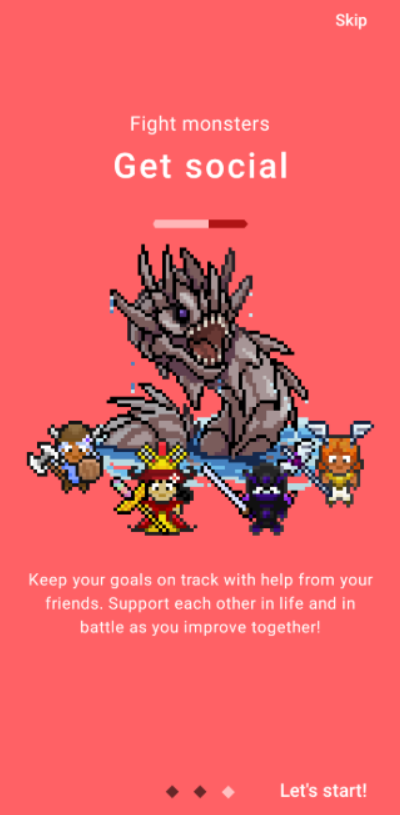
MySugr is a diabetes management app designed to help people with diabetes track and manage their blood sugar levels. It aims to make diabetes maintenance more fun and engaging by turning the process into a game-like experience.
This app has the expected features of a blood sugar tracking app allied to the power of gamification.
✔️ Impact: MySugr has more than 5 million downloads worldwide and an average user experience rating of 4.6. There are even studies about how using mHealth (Mobile Health) apps to track diabetes has shown significant improvement of blood glucose control in a high-risk population of T1D.
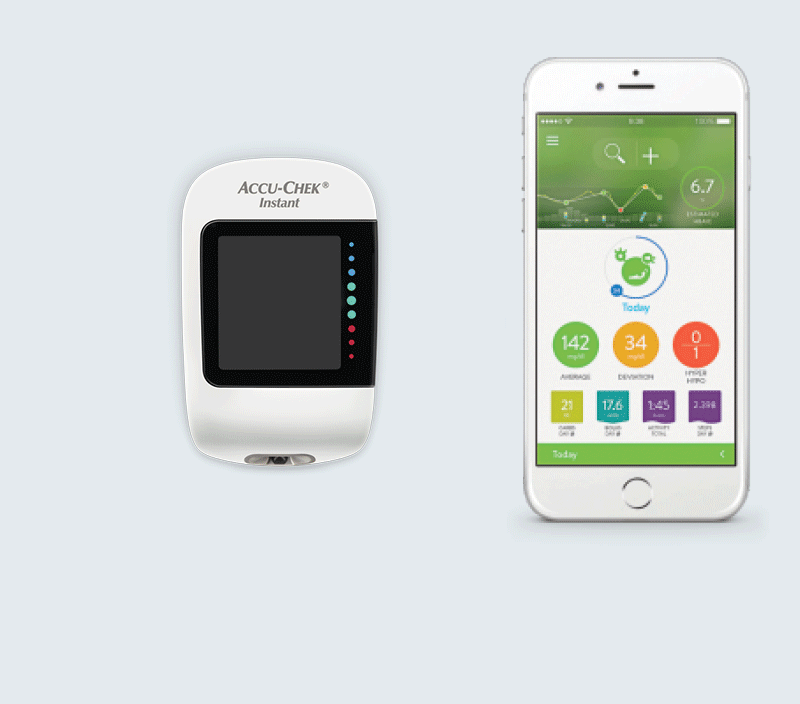
As with any game, we have reached the end. Yet, this is only the beginning: gamification is such a vast concept, evolving at a fast pace, especially allied with powerful tools like AI. That in itself is a whole other article.
Gamification is a fascinating addition to any experience but it needs to be studied, sculpted and properly adapted to the situation you are working on. This is why it’s always essential to remember the good and the bad that can come with gamification and always have the user you are designing this experience for in mind. Gamification is a lot more than the frosting you put on top of the cake to make it more beautiful.
Take a moment and look at all the products/services you use in your daily life. How many would benefit from gamified elements?

Talk to our experts!
Don't miss a thing.
Subscribe to our latest blog articles.